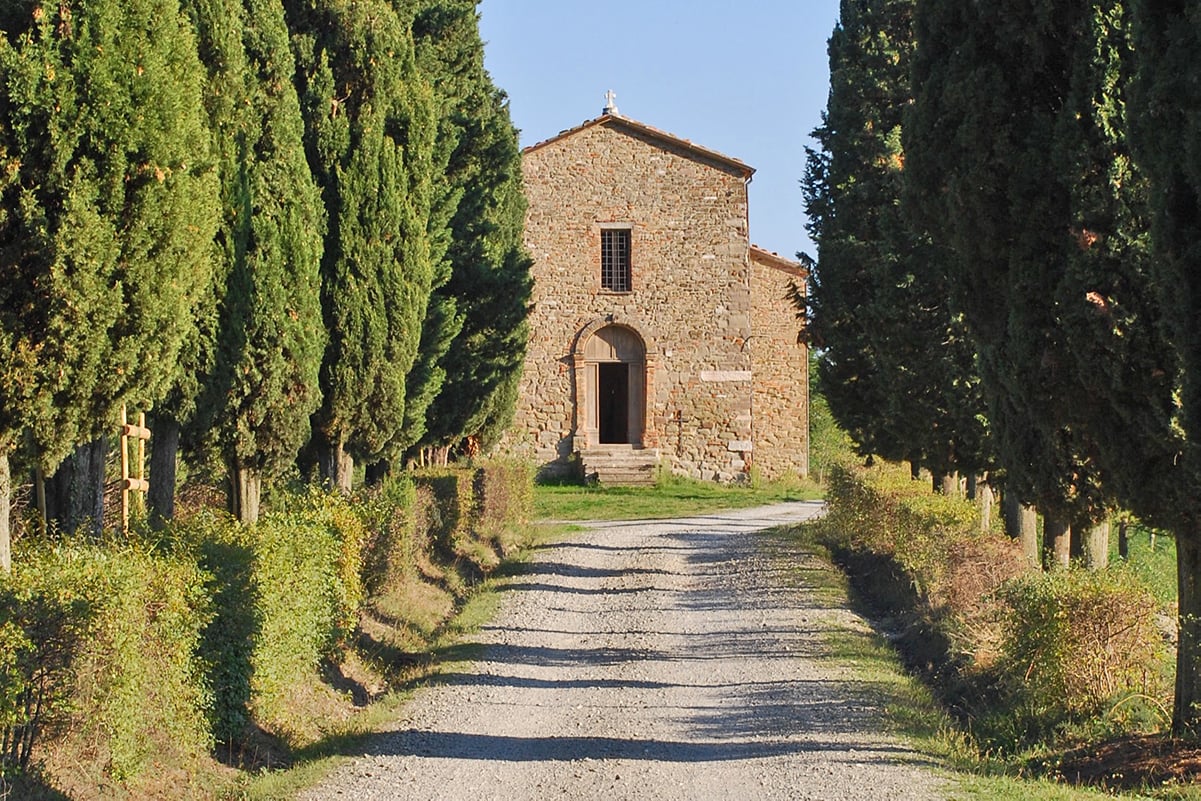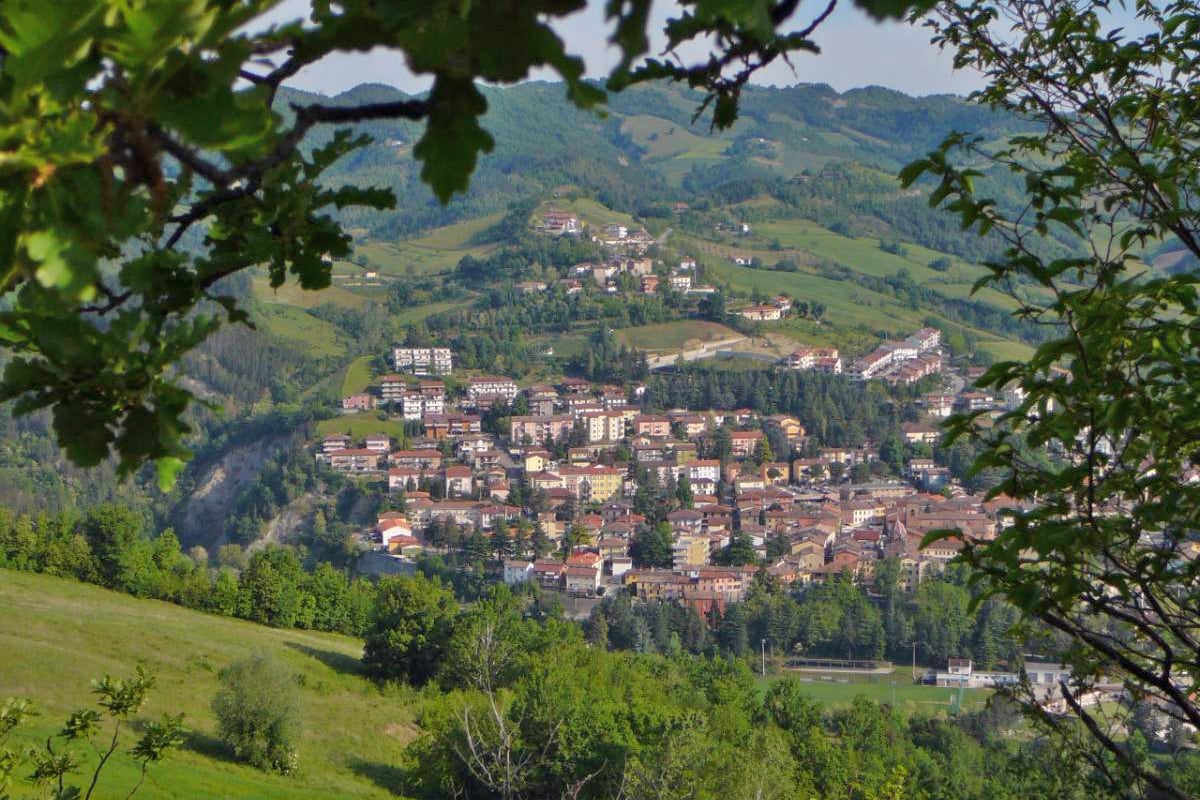
The village was born under the sign of the Romans. This is the beginning of the history of SARSINA, a little village tenaciously perched on the hills of the Tuscan-Emilian Apennines along the flanks of a hill overlooking the upper valley of the Savio river.
It is located about 35 kilometres south of Cesena, in a territory characterised by a strong presence of nature, charming corners of wellness, century-old woods and trails certified by the Italian alpine club (CAI) that cross the length and breadth of the territory.
Several people choose to spend the holidays in this area precisely for these characteristics. They look for an almost-lost contact with nature, reassuring moments of relaxation and a right blend of compelling open-air activities and an interesting cultural offer.
Founded by the Romans over a former settlement of the Umbri, Sarsina is famous for being the birthplace of the great playwright Plautus (254 BC), remembered every summer by the Plautus Festival organised in his honour.
But Sarsina is also a very popular destination for believers, who come to the village from all around Italy because of the legend of Saint Vicinius’ Collar, kept inside the city cathedral.
In light of all these elements and the various attractions offered by the village, Sarsina was awarded with the prestigious Bandiera Arancione recognition by Touring Club Italiano.
HISTORY IN A NUTSHELL
Founded by the Umbri around the 4th century AD, Sarsina quickly became one of the allied cities against the Roman advance to the Po Valley (266 BC). Plautus was born and began his activity just at that time.
Around the 1st century AD, Sarsina became a Roman municipality and maintained its status until the beginning of the Middle Ages, because of its important role in the negotiations between the ports of Ravenna and Rome.
Chosen as a bishopric, from the end of the 3rd and the beginning of the 4th century, and the appointment of Vinicius – who later became a Saint and protector of the town – the Church took more and more power.
Despite power struggles and changes of ownership (the Exarchate, the Houses of Ordelaffi and Malatesta and the Venetians), the town maintained its role as a bishopric until recent times (1986), when it was embedded in the Diocese of Cesena.
WHAT TO SEE
Sarsina is without any doubt one of Romagna’s richest in art, culture and sacredness villages. There are many things that you can see and discover just by wandering through its streets.
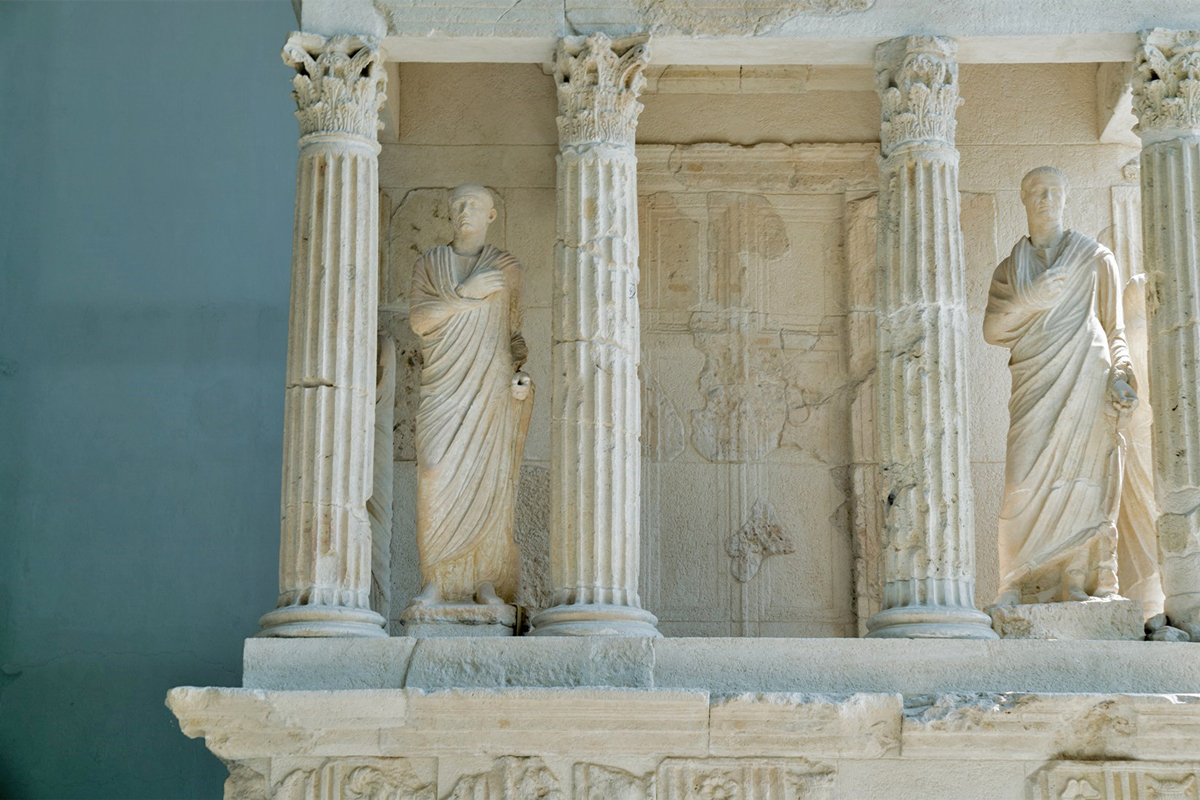
You can start from the Mausoleum of Obulacco, a funerary monument dating back to the Roman times (1st century BC), which welcomes you at the entrance of the village. Then, pay a visit to Plautus’ house, the remains of the ancient Roman Forum and the collections of the National Archaeological Museum.
The village life revolves around Piazza Plauto – the ideal place to spend the evening between workshops and taverns.
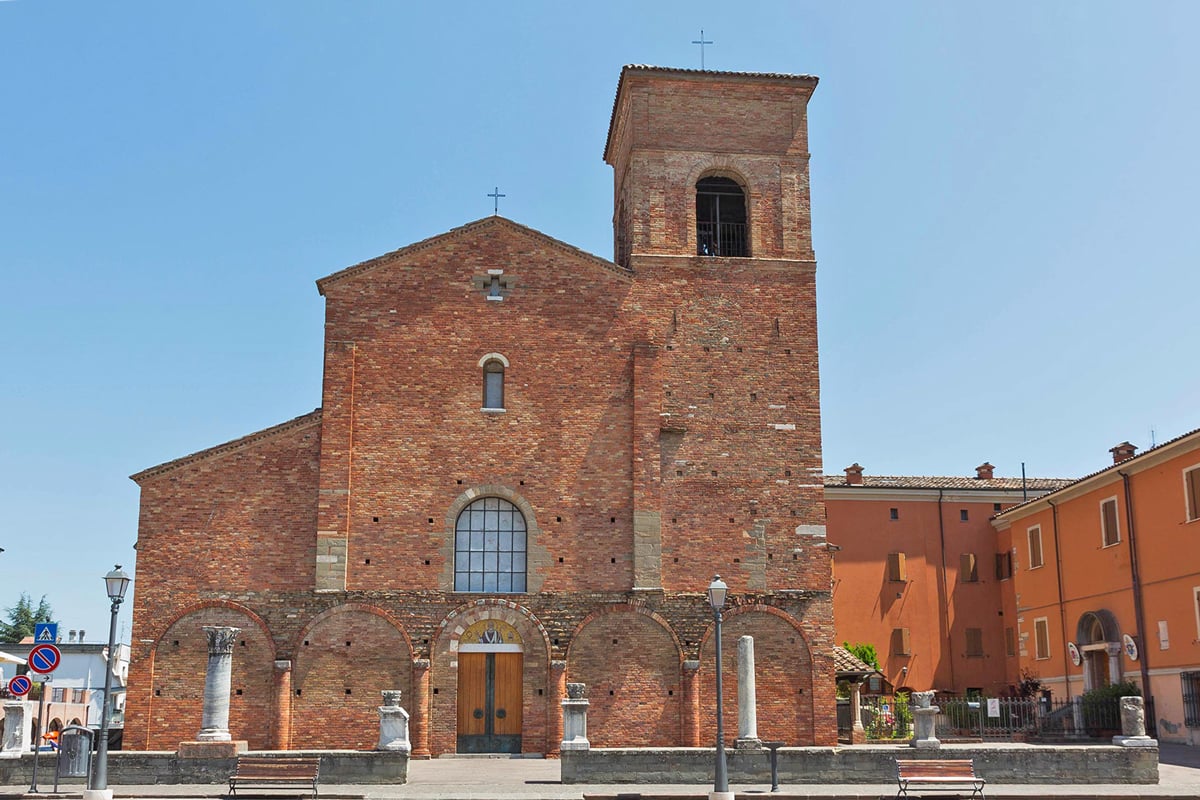
Overlooking the piazza, which was the centre of the old Roman settlement, is the ancient Cathedral of Saint Vicinius. It was probably built during the Byzantine era, but was then renovated in Romanesque style during the 11th century.
The building hosts the mortal remains of Bishop Vinicius, and – more importantly – his famous iron collar, that he used to wear around his neck to pray God and cast out evil.
Thanks to this relic, every year many believers come to visit the church, take part in the blessing ritual and touch the collar with the neck in order to cast out evil. For some it is an act of purification, for others just a superstition.
Right next to the cathedral, the Archiepiscopal Palace is also worth a visit, as it hosts the Diocesan Museum and some valuable works of art.
WHAT TO SEE AROUND SARSINA
The beauty of Sarsina goes beyond the city centre and dots the territory with various interesting buildings.
One of these is the Casalecchio Castle, also known as “the castle with a hundred windows”, with a large garden, a well and a chapel dedicated to Saint Nicholas.
Then there is the little village of Calbano, on the top of the hill overlooking Sarsina. Or the tiny Ranchio, perched on a sandstone massif around the Parish church of San Bartolomeo and the Abbey of Sant’Ambrogio. Not to mention the remains of the Abbey of San Salvatore in Summano.
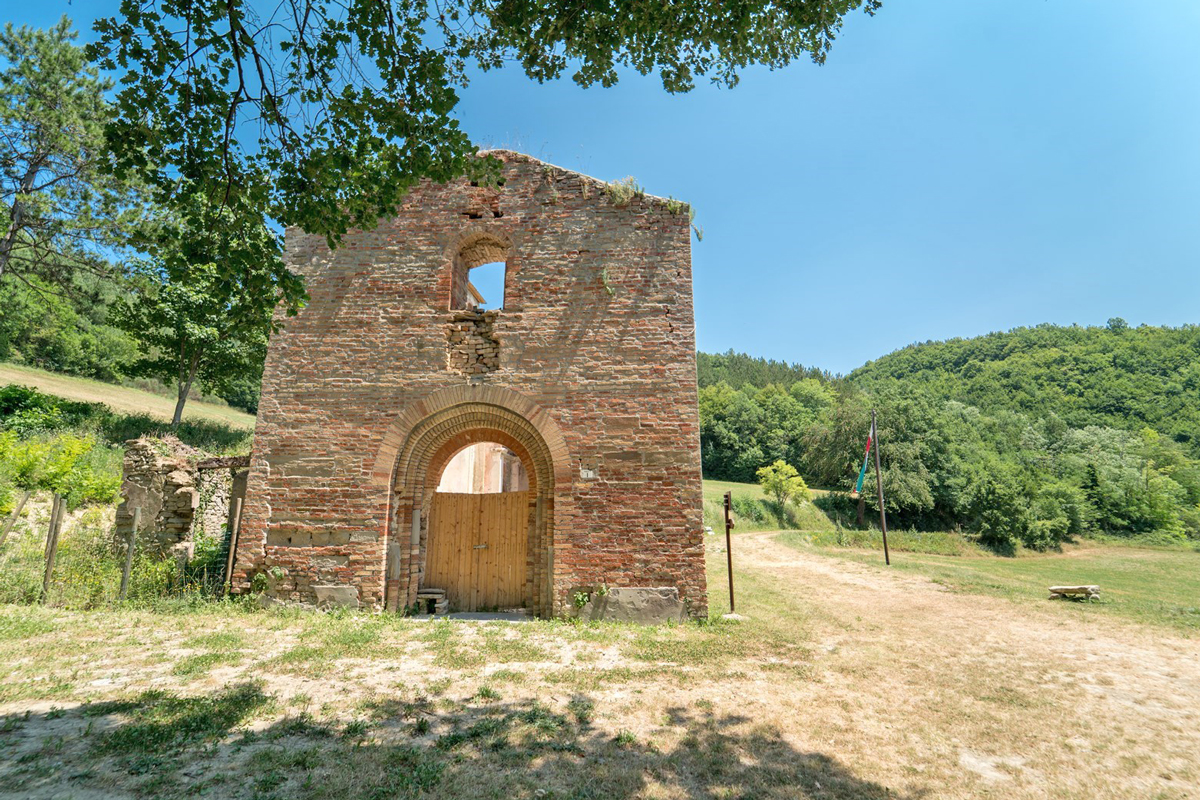
Thanks to some natural beauties, such as the Foreste Casentinesi National Park and Mount Fumaiolo – the place of the source of the Tevere river – the area around Sarsina also offers interesting nature trails.
Besides the way of Saint Vicinius, not far from the city centre is the Marmitte dei Giganti Park. Then, you can stop by the Quarto lake, generated by a landslide in the 19th century and a destination for many kinds of nesting birds.
Finally, there is the area of Montalto and Careste, one of the most charming natural areas of the Cesena Apennines.
EVENTS
Every summer, since 1956, Arena Plautina hosts the Plautus Festival, one of Italy’s most important prose festivals. The programme includes different kinds of shows that bring to mind the Roman playwright.
Other smaller, but not less interesting events take place throughout the year and mostly revolve around food and wine.
You absolutely cannot miss Sagra della Pagnotta Pasquale, a special festival dedicated to a particular Easter dessert. It takes place on the two Sundays before Easter and includes tastings of sausages and the typical “guscioni” (filled piadinas).
Other important events are Festa Romana (lit. Roman fair), which takes place every second Saturday of July; the Fair of Saint Vicinius at the end of August; and the Fair of the Chestnut, usually taking place on the second Sunday of October.
THE WAY OF SAINT VICINIUS
With its 14 stages and 8 detours, the Way of Saint Vicinius runs through the valley of the Savio river and passes by all the most significant places for the Saint. One of these ones is undoubtedly Sarsina.
FOOD & WINE
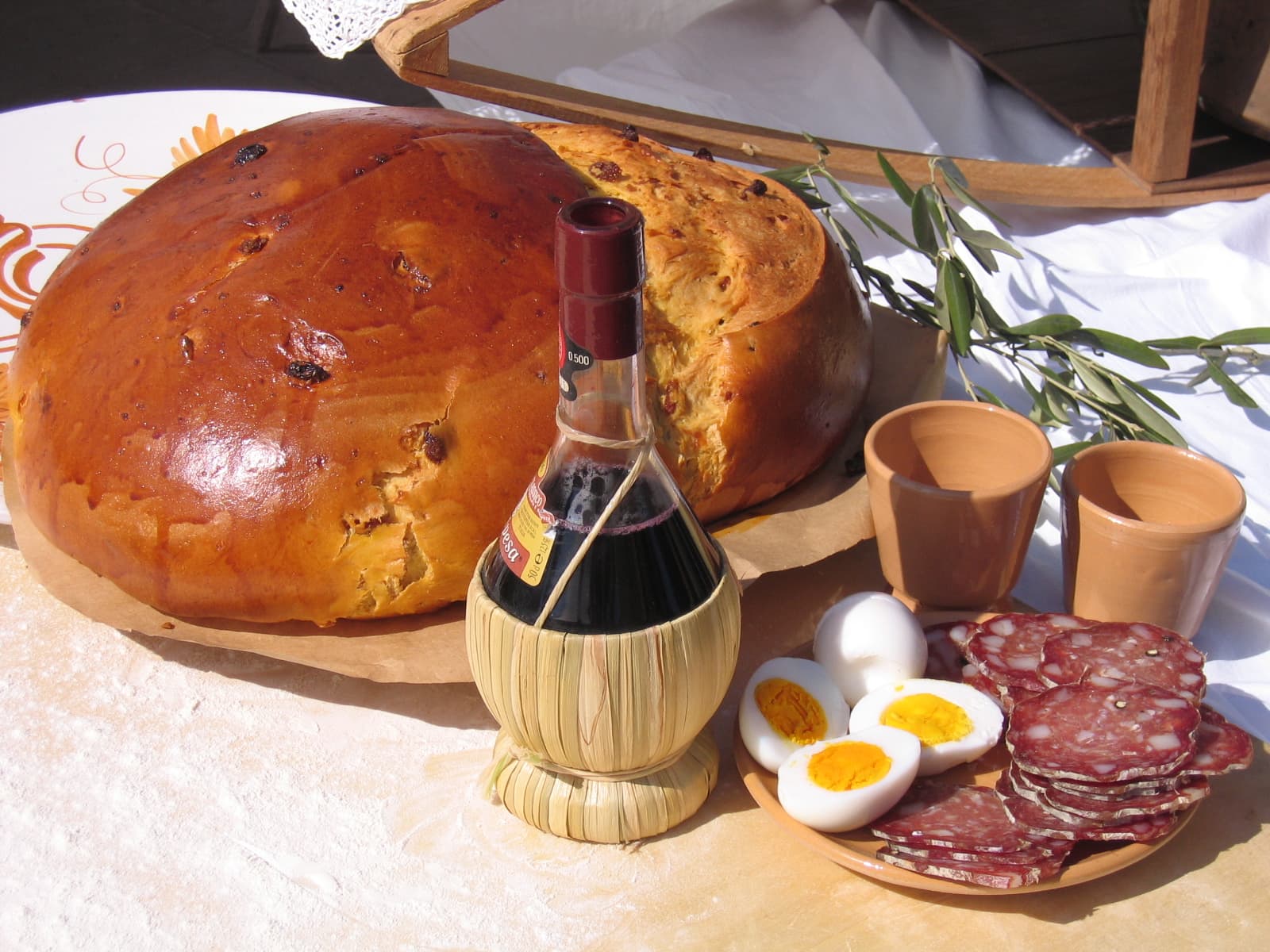
The cuisine of Sarsina is very traditional. In the many taverns and restaurants of the historical centre, you can find some typical dishes such as piadina, “guscioni” (piadinas filled with potatoes, pumpkin, chard, spinach or other herbs of the field cooked with garlic and oil), passatelli in broth, sausage and bustrengo (a typical cake).
Don’t forget to taste the traditional Pagnotta Pasquale (lit. Easter bun), the most typical dessert of the area of Sarsina.
HOWW TO GET THERE
Located about 30 kilometres south of Cesena, Sarsina is easily reachable by car from the SS 3 bis/E45 highway towards Rome – until the exit Sarsina.
From the Cesena railway station, take the bus n. 138 Cesena-Balze.
Author

Davide Marino
Davide Marino was born archaeologist but ended up doing other things. Rational – but not methodic, slow – but passionate. A young enthusiast with grey hair
You may also like
Emilia Romagna Slow | Saint Vicinio Way
by Walter Manni /// May 15, 2017
7 Iconic Places along the Cammino di San Vicinio
by Margherita e Nick The Crowded Planet /// January 17, 2022
The Most Beautiful Churches and Cathedrals in Emilia-Romagna
by Davide Marino /// September 20, 2018

Interested in our newsletter?
Every first of the month, an email (in Italian) with selected contents and upcoming events.
The archaeological sites of Romagna
by Davide Marino /// February 9, 2018

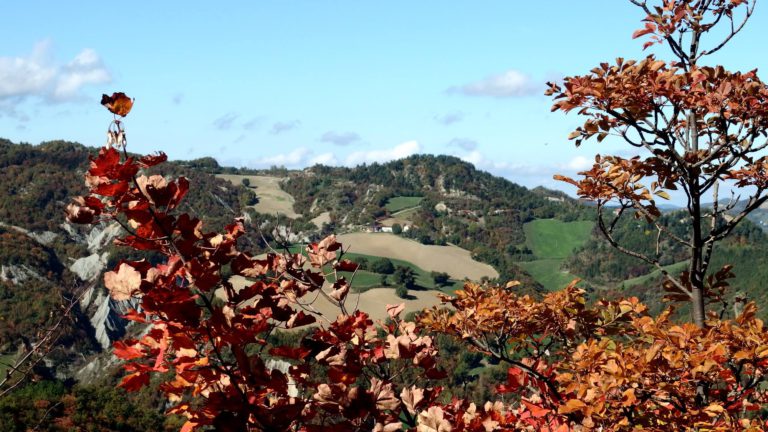
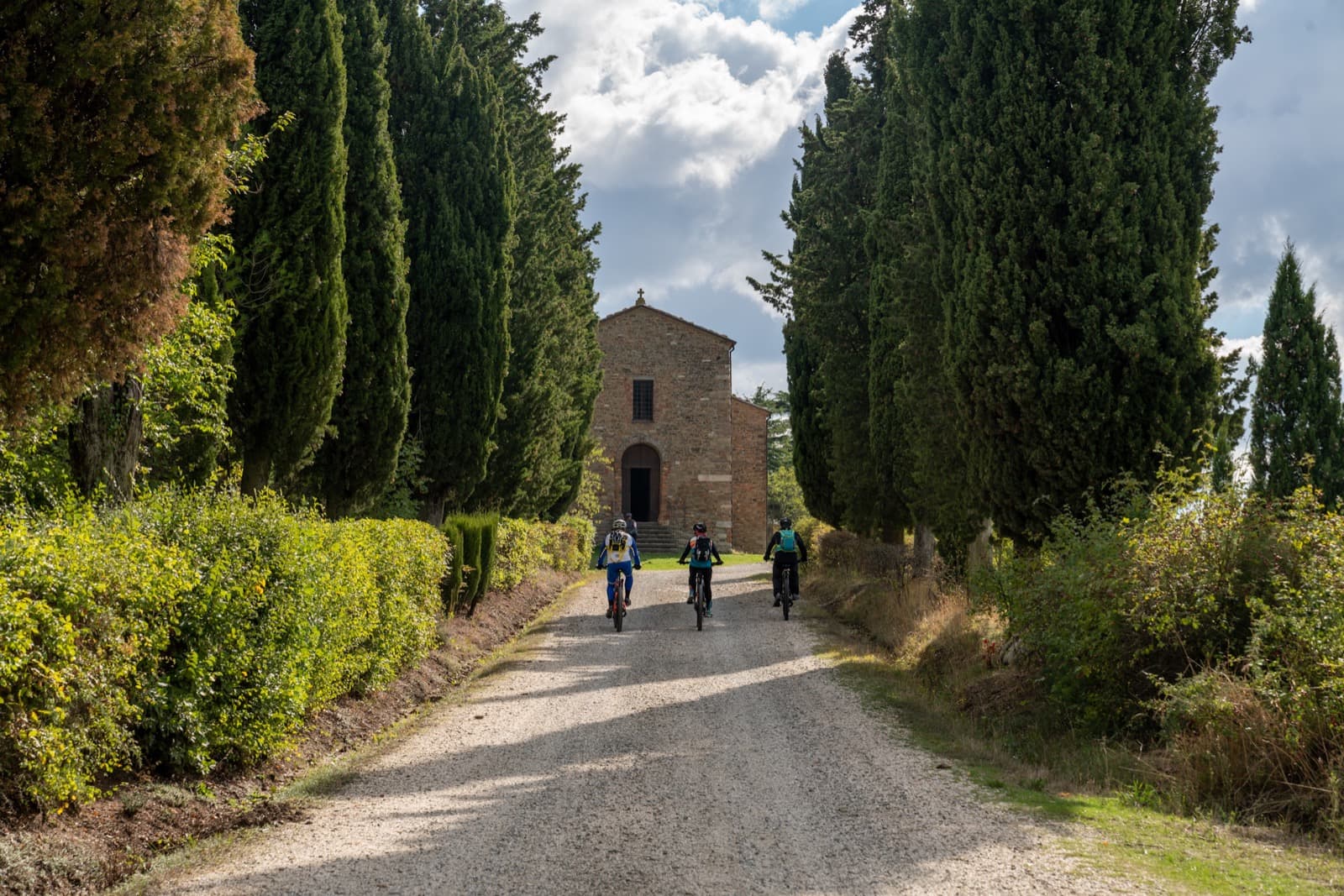
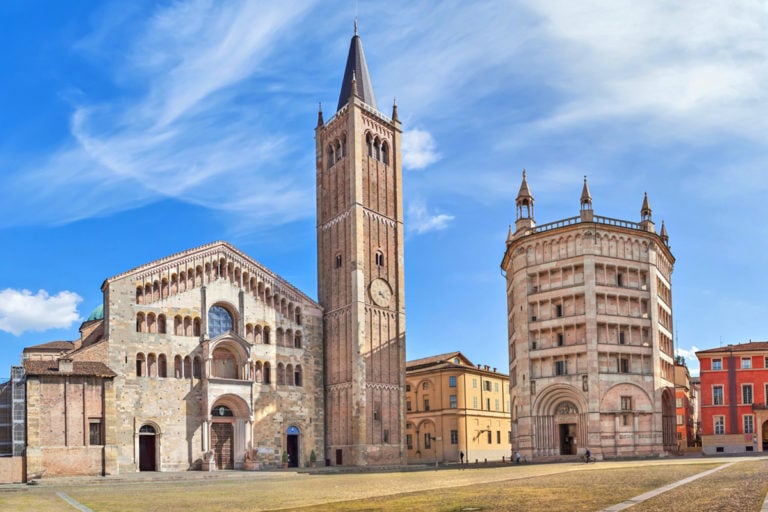
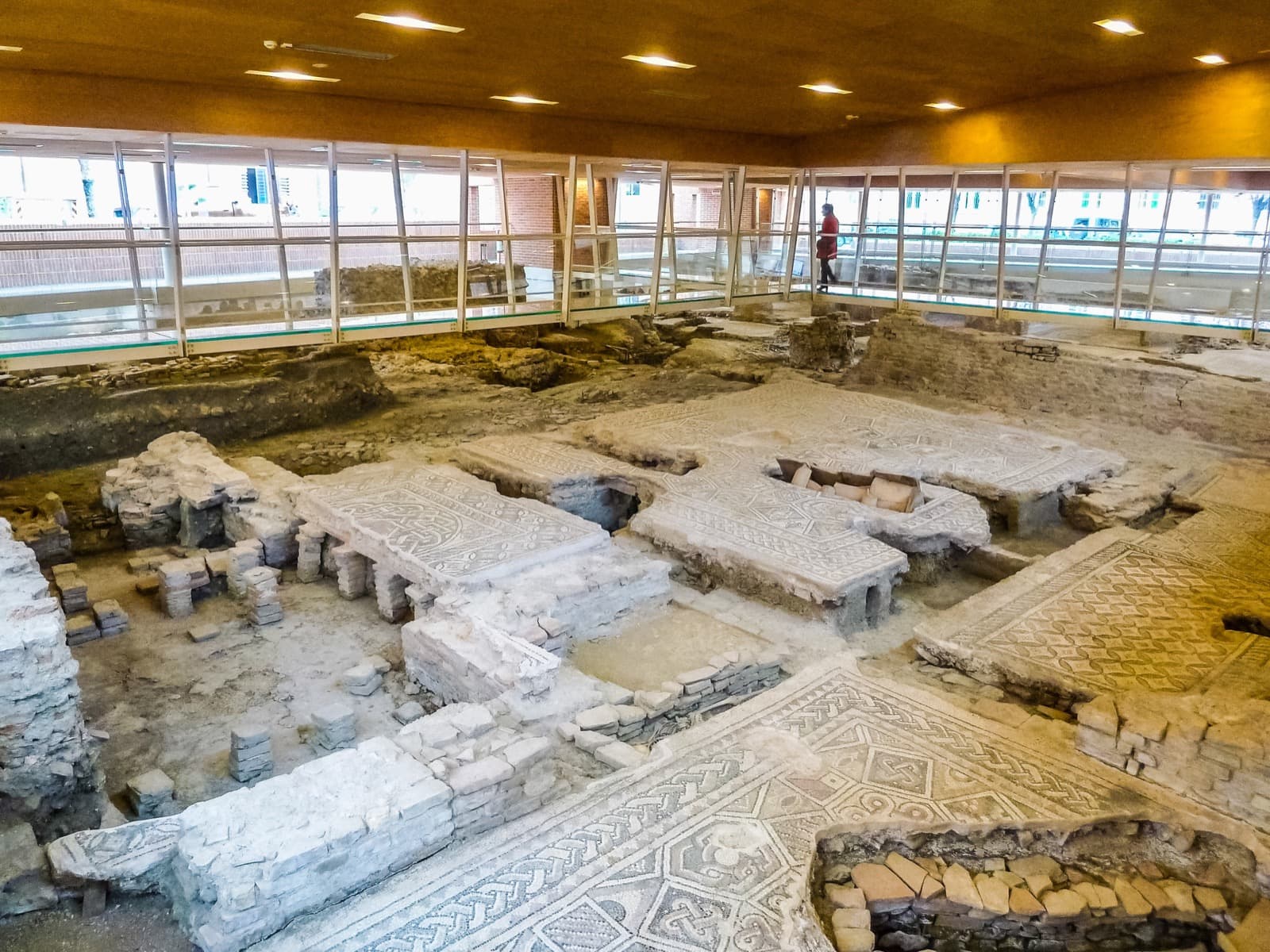
![[ParlamiditER] La Pagnotta pasquale di Sarsina](https://www.travelemiliaromagna.it/wp-content/uploads/2021/06/Pagnotta-pasquale-di-Sarsina-Ph.-@giolagagina-768x432.jpg)
